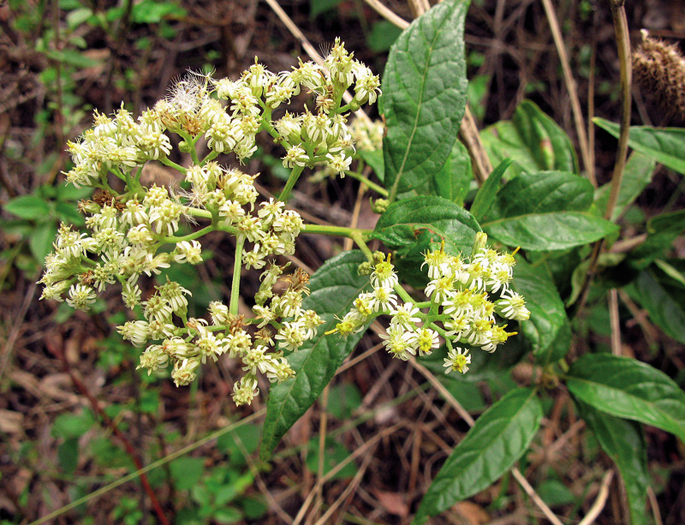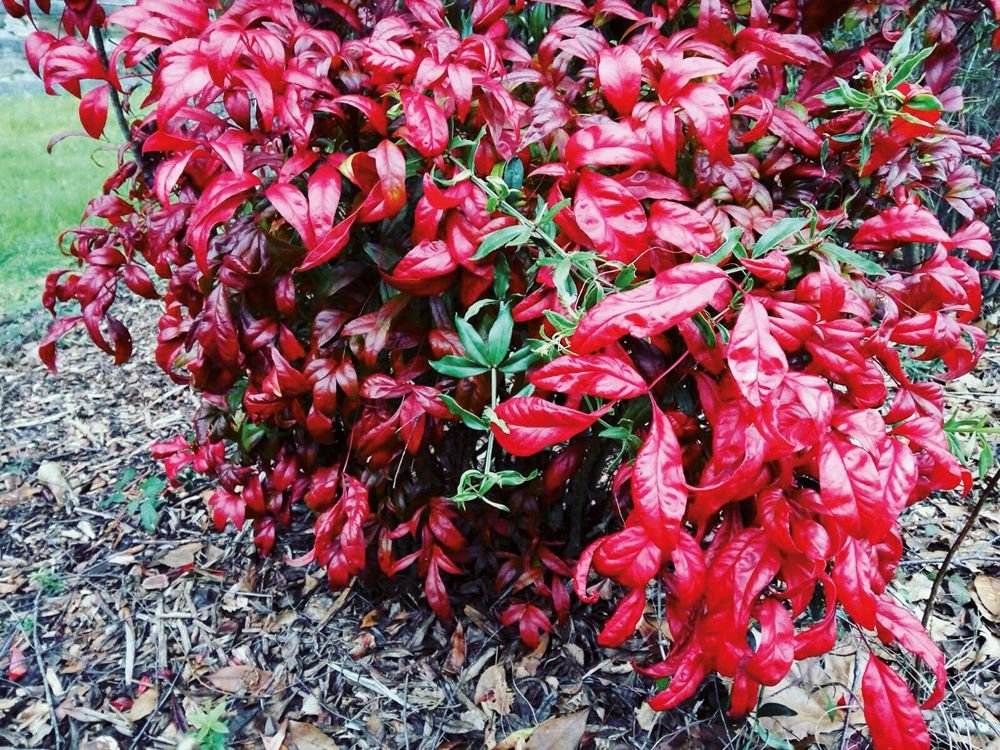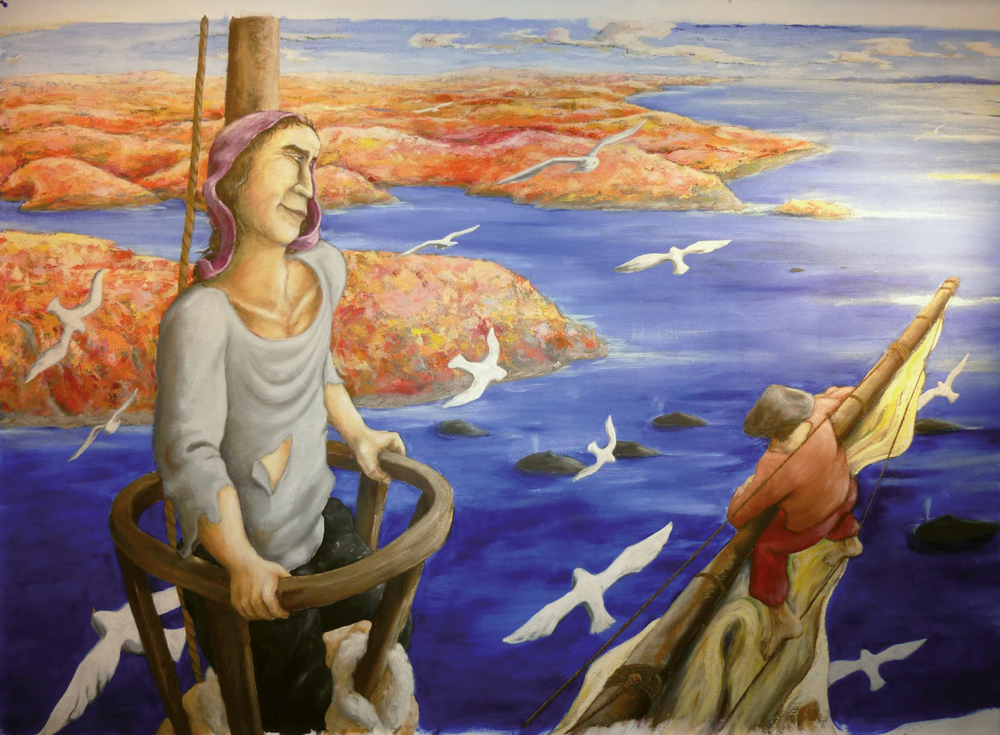Tanzania — Venezuela

Jean Baptiste Duhalde (1674-1742) is the plant name of Duhaldea. It bears this name a whole genus, composed of thirteen plants. Mostly Asians, between Iran and the Himalayas, and just one from East Africa. The African is Duhaldea stuhlmannii, where locals call it “uwutupwa”, “isasami” and “ikusi”. He lives in the mountains of Umalila, Usambara and Uluguru, in Tanzania, about 2,000 meters high. It's climbing and loving bees, and also Tanzanians, its sweet bitterness. The plant is also used to poison fish. Botanists have serious doubts, along with Asians, about whether or not they deserve the name of Azkaindarra, but at the moment they have not taken away that honor. The last name “Stuhlmannii”, like many other plants and animals, is due to the German naturalist Franz Ludwig Stuhlmann, in honor of the rich result of the expeditions made at the end of the 19th century to learn about African biodiversity. It's a scarce plant, and I don't know if you use it as a grass. Her dozen Asian sisters, yes, take advantage of her. For example, in India Duhaldea cuspidata is used to cure gout and bronchitis.
Not in the Himalayas, at the other end of the world, in the Andes, there are many medicinal herbs. Many of them, like the azkaindarra, have a Basque name: Aristeguieta. The scientific name of “asmachilca” for natives is Aristeguieta gayana. In Inca culture, bronchus and vocal cord heal and soothe asthma. It is becoming known worldwide and demand is sweltering. It lives over 4,000 meters, adapted to the shortage of oxygen, and so is it going to solve the problems of the respiratory system?
The plant genus Aristeguieta lives in Colombia, Ecuador, Peru and Chile. His name is due to the Venezuelan dendrologist Leandro Aristeguieta (1923-2012). He made great efforts to deepen and spread the knowledge of plants. He was a landscaper and worked in this work with one of the most well-known in the world, the Brazilian Roberto Burle Marx.
The genera Duhaldea and Aristeguieta belong to the same family: Asteraceae. From the same family, Basques...
The day exceeds the night with the spring equinox. This year it happened on 20 March, at 22:59 hours, opening the door of the spring. The Eki prefix means the same thing. Until then the night had been longer. The day and night were twelve hours. Since then, the day is extended... [+]
Time has been on our line for a long time, but the climate is relatively recent. There is no need to clarify too much what climate change is. Explaining what the landscape is is a redder necessity. Conferences, round tables or international conferences on climate change are... [+]
It's time to pick up the fruits and get them on the way to the lagar. Pear (Pyrus communis), apple (Malus x domestica), grape (Vitis vinifera)... It seems a short and quick road, but you have to work a lot of rodeos and their variants until the fruit becomes must and must become... [+]
In the Basque Country, agriculture is the history of permanent colonization. Like everywhere. Before, the land was not cultivated; before, the harvest was not sown; you enjoyed what was not eaten before. They had brought it all from elsewhere. Many of these stories have been... [+]
Returning to the wines that are made with the crops, the left madreselva (Humulus lupulus) is conservative and bitter tasting aggregator. The union of crops and madreselvas produces many dirty jets, especially in beer countries. A friend has just explained to me the stories of... [+]
In our house we met him with the name of madreselva (Humulus lupulus). In fact, we have worked hard and sinister on the banks of the river in our country, coinciding with the expansion of beer. We've learned that it's also called lobster, beer, beer, wart and grass on the left... [+]
Spring has brought the issue to my nose. C. worked at various research centers in New York. Bushdid, M. Oh! Magnasco, L.B. Vosshall and A. An article published by scientists Keller in March 2014 in the prestigious “Science Magazine” produced a great stir. The title says it... [+]
The curious interannual days end, those who eat and drink from the emanations of the earth. I'll eat from the best to the best. Supposedly. Heavy champagne and cava bottles are easy to dance. Even though they are of all kinds today, they were once the cider of the other barrel... [+]























